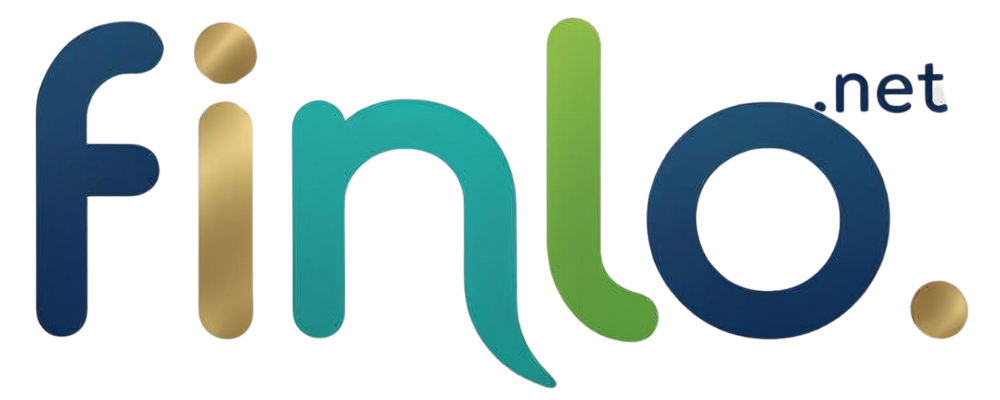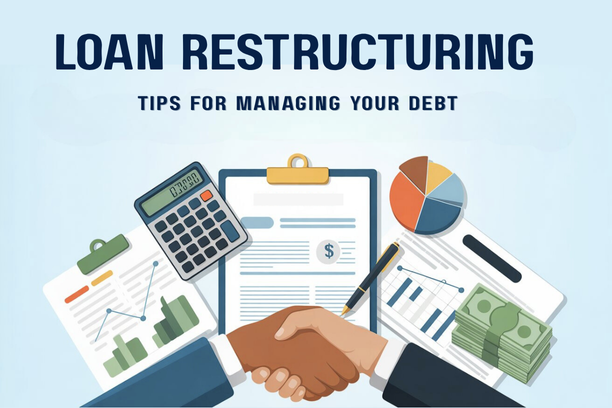For a small or medium-sized enterprise (SME) in the Philippines, access to capital is a critical factor for growth and survival. Whether a business needs to fund a major expansion, acquire new equipment, or simply manage its day-to-day operations, a loan can be a powerful financial tool. However, with a wide range of loan options available from traditional banks, government agencies, and new fintech companies, choosing the right one can be a challenge. This guide will help you navigate the lending landscape and identify the best loan options for your SME.
The Primary Loan Types for SMEs
The purpose of a loan is the most important factor in determining the best option for your business. An SME loan is not a one-size-fits-all product; it comes in a variety of forms, each designed for a specific financial need. Understanding the difference between a term loan and a credit line is the first step toward making a strategic decision that supports your business’s short-term and long-term goals.
Securing Long-Term Growth with a Term Loan
A term loan is a lump-sum financing option that is ideal for businesses with a specific, long-term need for capital. It is perfect for funding major investments that have a long-term return on investment, such as purchasing a commercial property, building a new office, or acquiring high-value machinery and equipment. The bank provides the full loan amount upfront, and the borrower repays it over a fixed period, typically with a structured monthly amortization. This predictable payment schedule makes it easy to budget for the future.
The key feature of a term loan is its purpose. It is a strategic tool for a business with a clear vision for growth and expansion. The loan amount can be substantial, and the repayment terms can be as long as 10 years, which allows a business to fund a major project without placing an undue strain on its monthly cash flow. The collateral for a term loan is often the asset being purchased, which helps the bank manage its risk and can make the interest rates more favorable.
Major banks in the Philippines, such as BPI, BDO, and Metrobank, offer term loans under their SME banking divisions. The requirements for a term loan can be rigorous, as the bank needs to see a long track record of profitability and a detailed business plan. However, for a financially stable SME with a well-thought-out plan for a major project, a term loan is the most powerful and effective financing option. It provides the capital you need to take your business to the next level.
Ensuring Financial Flexibility with a Revolving Credit Line
In contrast to a term loan, a revolving credit line is a flexible, short-term financing option designed to meet a business’s day-to-day operational needs. It is best used for managing working capital, purchasing inventory, covering seasonal fluctuations in revenue, or paying for recurring expenses like employee salaries. The bank provides a pre-approved credit limit that your business can draw from as needed. As you repay the funds, the available credit is replenished, allowing you to borrow again and again up to your approved limit.
The main advantage of a credit line is its flexibility. It functions like a financial safety net, providing a ready source of funds for unexpected expenses or urgent needs. You only pay interest on the amount you actually use, which makes it a cost-effective solution for short-term needs. For an SME with inconsistent cash flow or a highly seasonal business model, a credit line is an invaluable tool for maintaining liquidity. It ensures that your business can continue to operate smoothly, even during a slow period.
The repayment terms for a credit line are different from a term loan. It is typically valid for one year and is subject to annual renewal. This gives your business continuous access to funds without the need for a new application. Most major banks, including BPI and BDO, offer credit lines for SMEs. The requirements are often similar to those for a term loan, as the bank needs to see a stable business with a consistent cash flow. However, the purpose and structure of a credit line make it a better option for managing a business’s day-to-day finances.
The Best Providers of SME Loans in the Philippines
Once you have determined the type of loan you need, the next step is to find the right provider. In the Philippines, SMEs have a variety of options, from traditional banks to government agencies and new fintech companies. Each provider has its own set of advantages, and the best choice depends on your business’s specific profile and needs.

Traditional Banks vs. Government Programs
Major commercial banks, such as BPI, BDO, and Metrobank, are a primary source of financing for SMEs. They offer competitive interest rates, a wide range of loan products, and have a long history of supporting businesses. However, their requirements can be rigorous. They typically require an SME to have been in operation for at least two to three years, with a consistent track record of profitability and a clean credit history. Banks will also require a business to provide Audited Financial Statements and a variety of legal documents. For a well-established SME, a traditional bank is an excellent option.
For startups and micro-enterprises that may not meet a bank’s stringent requirements, government programs are a powerful alternative. The Small Business Corporation (SB Corp), an attached agency of the Department of Trade and Industry (DTI), has various lending programs aimed at supporting MSMEs. These loans often have lower interest rates, more lenient requirements, and a focus on supporting economic development. The application process may be longer, but for a startup that has a hard time securing a loan from a traditional bank, government programs are often the best choice.
The key difference between banks and government programs is their mission. Banks are profit-driven institutions that are focused on managing risk. Government programs, on the other hand, are mission-driven and are more willing to take a chance on a new or small business. While the loan amount may be smaller and the terms may be different, a government loan is an excellent starting point for a new entrepreneur who needs to build a financial track record.
The Rise of Fintech and Alternative Lenders
In recent years, the lending landscape for SMEs has been transformed by the rise of fintech (financial technology) companies. These companies have leveraged technology and alternative data to provide faster and more flexible financing solutions. Instead of a multi-year financial history, they may assess a business’s creditworthiness based on its transaction data from digital payment platforms like Maya Business or Grab Financial Services. This model is perfect for online businesses or small stores that have a high volume of digital transactions.
Fintech lenders, such as First Circle and Advance.ph, offer a variety of short-term financing options, including invoice financing and inventory loans. The application process is often entirely online, with approval and disbursement happening in a matter of days. This speed is a significant advantage for an SME that needs urgent access to cash to take advantage of a market opportunity or to cover an unexpected expense. While the interest rates may be slightly higher than those of a traditional bank, the convenience and speed are invaluable.
Fintech lenders are a great option for SMEs that value speed and flexibility over a lower interest rate. They have an inclusive approach that recognizes the challenges of modern businesses and are more willing to lend to a business that may not have a long track record or collateral. By exploring these alternative lenders, an SME can find the funding it needs to grow and thrive in a competitive market.
Conclusion
Choosing the right loan for your SME is a strategic decision that requires careful consideration. By understanding the difference between a term loan and a credit line, and by exploring all your options—from traditional banks and government programs to new fintech lenders—you can find a financing solution that is perfectly aligned with your business’s needs. A well-prepared SME with a clear financial plan will find a variety of excellent loan options available in the Philippine market.













